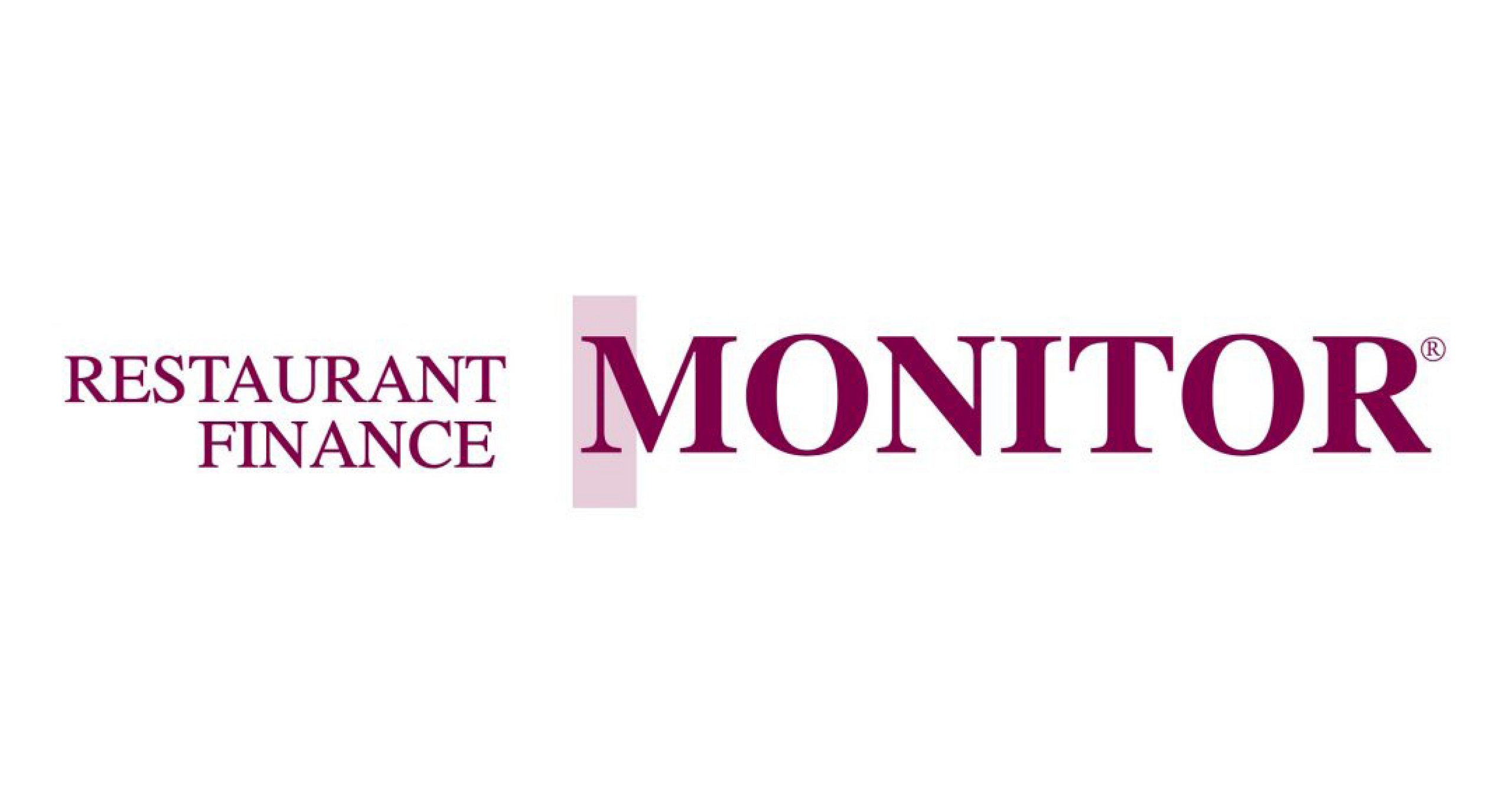Conversations at the recent Restaurant Finance & Development Conference made it clear that the overall costs of restaurant operations have gone up dramatically, especially real estate expenses. Whether it’s a new location or your existing location, your cost of occupancy is second only to food and labor. To provide in-the-trenches experience, franchise consultant, John Francis, introduced me to Lisa Oak, a long-time senior executive at Subway who led their real estate team as the brand grew from 700 to 44,000 locations. So, with Lisa’s help, let’s look at ways to control your occupancy cost.
Like other restaurant costs, there are key matrices as to what your overall occupancy cost should be. This varies by concept and segment, but a good number to shoot for is between 6 to 8% of revenue. A second key matrix is how to hedge against the uncertainty in a restaurant’s performance. You want to first look at the overall costs and estimate what your revenue will be.
In addition to having sustainable base rent, it is important to have control over what is involved in the original buildout, such as what the landlord has included in the base rent for leasehold allowances and what the landlord is willing to do in terms of financing, additional leasehold improvements or fixtures and equipment. Your interest rate for any financing should be at a reasonable market-rate.
If it’s a franchise location, consider how the franchisor can help. Most franchise agreements have “rights of substitution,” where if the site doesn’t work out or circumstances change, you can replace that site under your franchise agreement. Does the franchisor take an assignment of the lease, or do you have lenders that collateralize the lease? Other key provisions to negotiate are a possible change in concept, assignability and personal guarantees.
Here are some of the lessons Lisa told me she learned from her years at Subway:
Negotiate the downside scenarios with a landlord before signing your lease. Though it is often difficult for tenants/franchise owners to consider that their business won’t be highly profitable, it is critical to put measures in place just in case the comparable real estate market shifts downward; the high school down the road closes; there’s a pandemic; and so many other things we cannot even fathom now. How can you do this? Here are some ideas:
Kick-out clause: This provision states a specific dollar amount you will pay for early termination and the number of days’ notice you must give your landlord if you choose to implement the provision. Ideally you will have the right to exercise the kick-out clause for any or no reason, but during negotiations you may want to agree to a minimum sales number which allows you to exercise the clause rather than concede to eliminate it completely.
Limitation on liability: Unlike the kick-out clause, a limitation on liability is usually triggered in the event of a lease default. The provision limits the tenant’s exposure to an agreed upon and stated dollar amount.
Rent tied to sales or percentage rent: Landlords expect to receive, and tenants should expect to pay fair market rent. How we get there, though, is negotiable. Starting out, a landlord may agree to accept a monthly base rent that is below fair market rent in exchange for an upside additional rent based on a percentage of sales over an agreed upon threshold. Establishing a cap on the additional rent can keep the upside equal to the leniency the landlord extended while you were building sales when you first opened. As an added advantage, a landlord who benefits from increased sales may be more agreeable to sales enhancing changes, such as additional signage, lighting, maintenance and designated parking spaces.
Remember: Although a lease is a contract, contracts can be modified through mutual agreement. What would motivate your landlord to renegotiate your lease mid-term?
- Have you been a good tenant?
- Have you paid your rent on time?
- Have you complied with your other lease responsibilities?
- Does your business draw activity to the center and benefit the landlord’s other tenants?
- What has happened in the comparable real estate market since the lease was signed? Is your current rent higher than a new tenant would pay in the current market?
If you can answer yes to the above questions, taking into consideration the expenses your landlord would incur if you vacated and the risks associated with leasing to a new and unknown tenant, requesting consideration of a rent reduction is feasible.
The bottom line is there are proven tools to control your occupancy costs. And in a business of slim margins, it never hurts to ask for what will make your business more profitable.
From the December 2024 issue of Restaurant Finance Monitor
Author
-

Co-founder and chairman of Monroe Moxness Berg PA, Dennis is a pioneer in corporate financing with a broad network of finance contacts and clients. He assists businesses, from emerging companies to multinational firms, by providing creative ideas, identifying unique financing sources, and developing the financial tools necessary for their growth and development.
